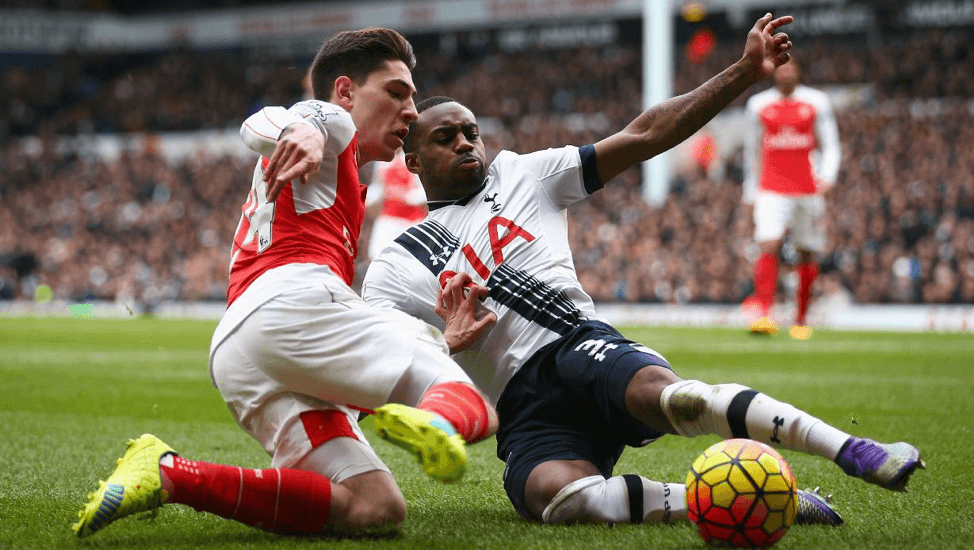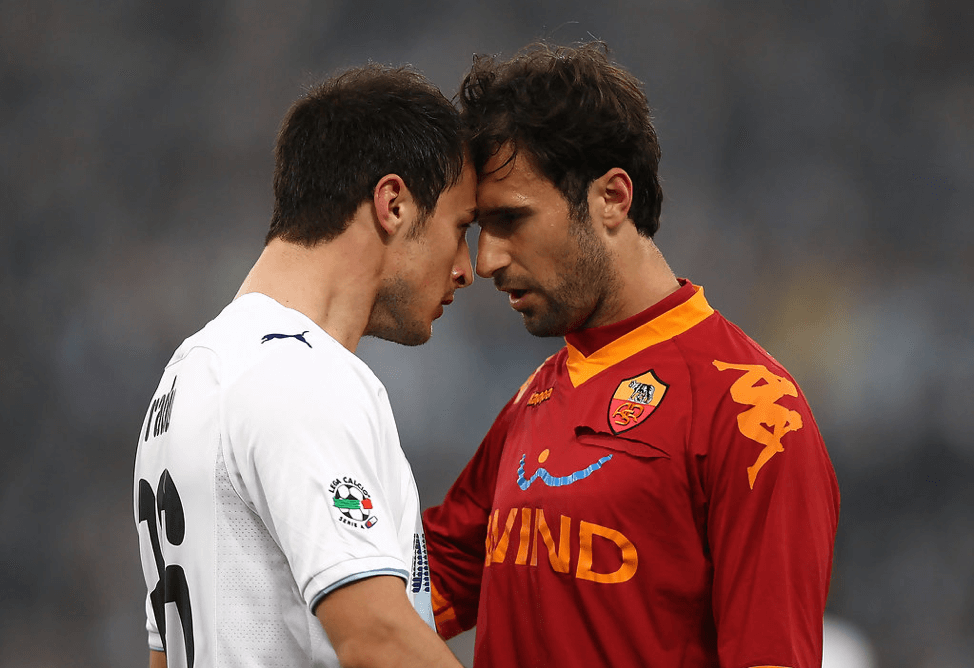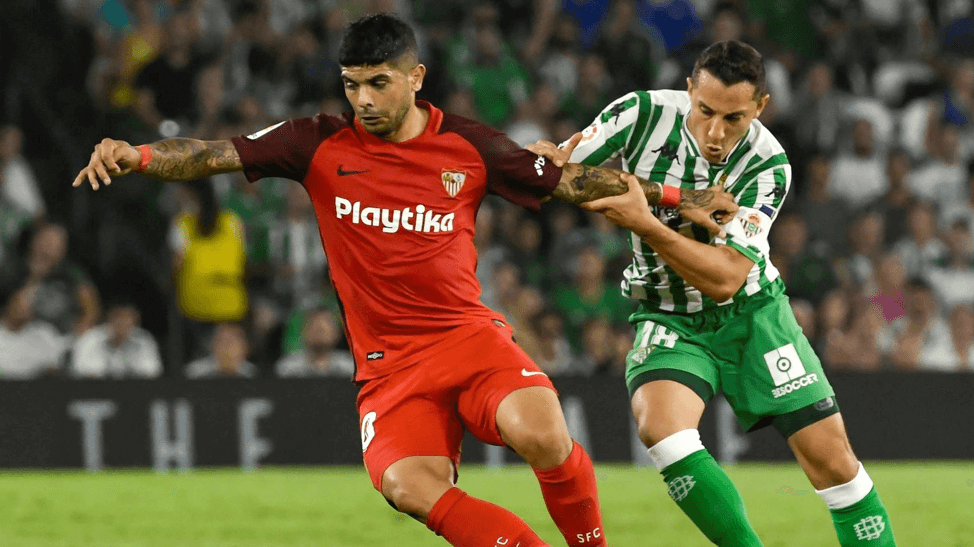The Second Coming Of Dutch Dominance
On 29 June 2015, Guus Hiddink, then-head coach of the national team of the Netherlands handed in the paperwork and announced his resignation. He would then go on to be succeeded by Danny Blind, Ajax and Dutch legend and father to another one of the country’s heroes, Daley Blind. But Daley’s father couldn’t recreate the success he’d had as a player when he stepped into the gaffer’s boots. Hence, he was replaced by former Oranje and Barcelona stalwart, Ronald Koeman.
But before that, let’s retrace our steps further back and rewind to the 2014 FIFA World Cup and Argentina’s 4-2 defeat to Holland on penalties. The man at the helm, Louis van Gaal was praised for extracting a semi-final out of this very young and transitional side. But the transition hadn’t even begun yet. The breakdown began with Blind Sr.’s appointment and continued until he was replaced by Koeman.
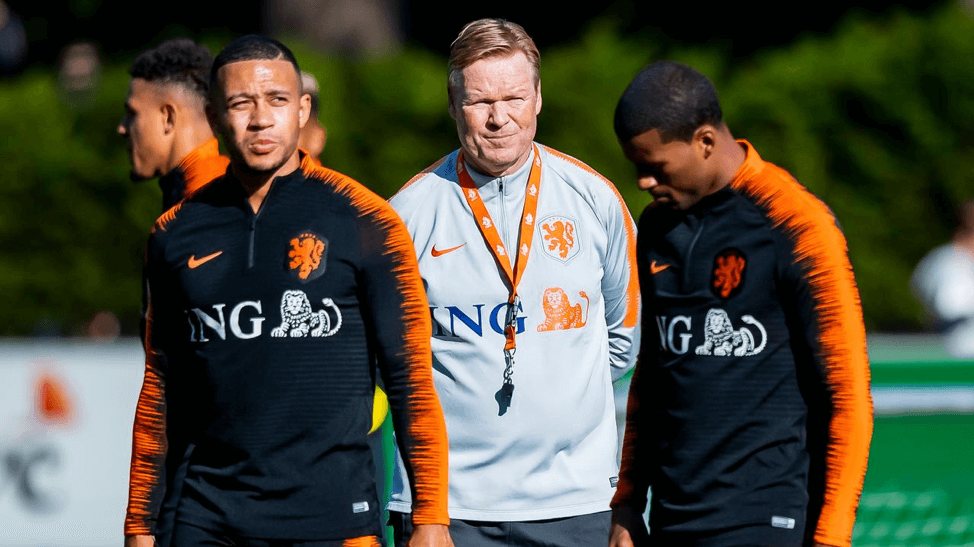
Koeman is getting the best out of this exceptional Dutch talent pool (Teller Report)
This excellent appointment came at the perfect time where the Dutch conveyor belt of talent was being churned out at an immensely high success rate. Case in point, Ajax’s class of 2019.
Players such as Frenkie de Jong, Matthijs de Ligt, Donny van de Beek, Nathan Aké, Steven Bergwijn, Donyell Malen and Denzel Dumfries make up the strong core for the future, and line up with sought-after professionals such as Georginio Wijnaldum, Quincy Promes, Memphis Depay, the aforementioned Blind Jr. and of course, Champions League winner and Liverpool’s rock at the back, Virgil van Dijk.
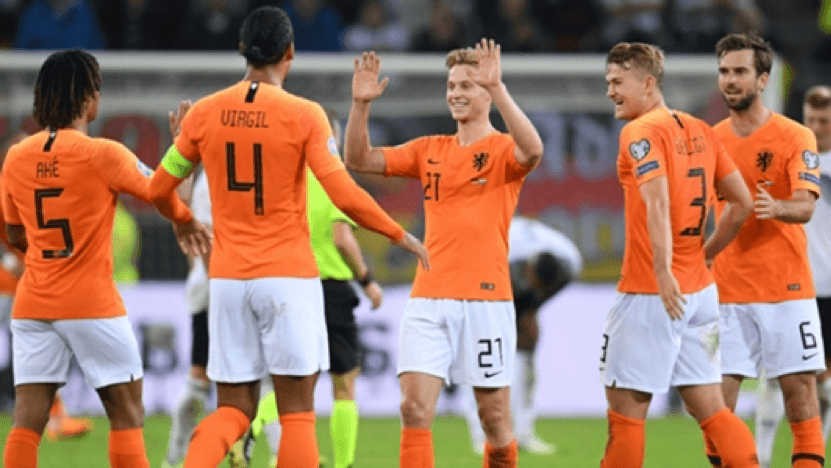
This brilliant balance of experience and youthful exuberance has breathed new life into the squad which suffered an instant decline, losing many of its stars at the same time, including Robin van Persie, Arjen Robben and Wesley Sneijder.
Tactically, Koeman has stayed true to the Dutch tradition of playing a classic 4-3-3 or 4-1-2-3, but a host of little changes in how they play has changed the whole scenario. A masterclass of this can be seen in the Dutch team’s 2-0 defeat of France in the Nations League. Didier Deschamps set up the World Cup champions in a similar yet different 4-3-3 setup, with Kylian Mbappé specifically tasked to target Dumfries, who was not expected to have the best chance defending against the mercurial Frenchman. But Koeman had prepared in advance for such a situation, tasking winger Steven Bergwijn to operate as an extra midfielder to counter the PSG starman’s prowess, which in turn created problems for the French midfield to get their talisman any service.
As a result, the 22-year old Bergwijn was dominating the half-spaces, forcing centre-half Presnel Kimpembe to step out, creating more space for the other forwards and Wijnaldum to get in behind. This created space for De Jong to feed balls to Depay and Ryan Babel, the latter two now playing in between the lines and exploiting the unguarded left-hand side, which also allowed Dumfries to bomb down the right-wing. When France won the ball, de Jong could immediately step forward and press, van Dijk would be tight on target man Olivier Giroud and Dumfries or de Ligt would take care of Mbappé.
The rules were simple, a 4-2-3-1 where the defensive midfielder on whose side the attack would phase out to would step out and provide cover, with de Jong and de Roon marshalling their sides while also often interchanging their positions as the former also contributed further forward. Apart from this, one or two defenders would stringently mark Giroud or Mbappé, protecting the centre. The French were baffled, resulting in an easy 2-0 victory for Koeman’s young lions.
This kind of Cruyffesque synergy only points towards good things to come ahead of the 2020 Euros, and the 2022 Qatar World Cup. They only grow from strength to strength with each international break and it’s safe to say, the Oranje are in good hands. And feet.
Read More
THE NORTH LONDON DERBY: IT’S ALL ON THE LINE
ANIRUDH SOMAN \
RIVALRIES
LAZIO VS ROMA: A FEUD THAT KNOWS NO END
SRINIVAS SADHANAND \
RIVALRIES
REAL BETIS VS SEVILLA: THE GREAT ANDALUSIAN WAR
ADITYA GOKHALE \
RIVALRIES

